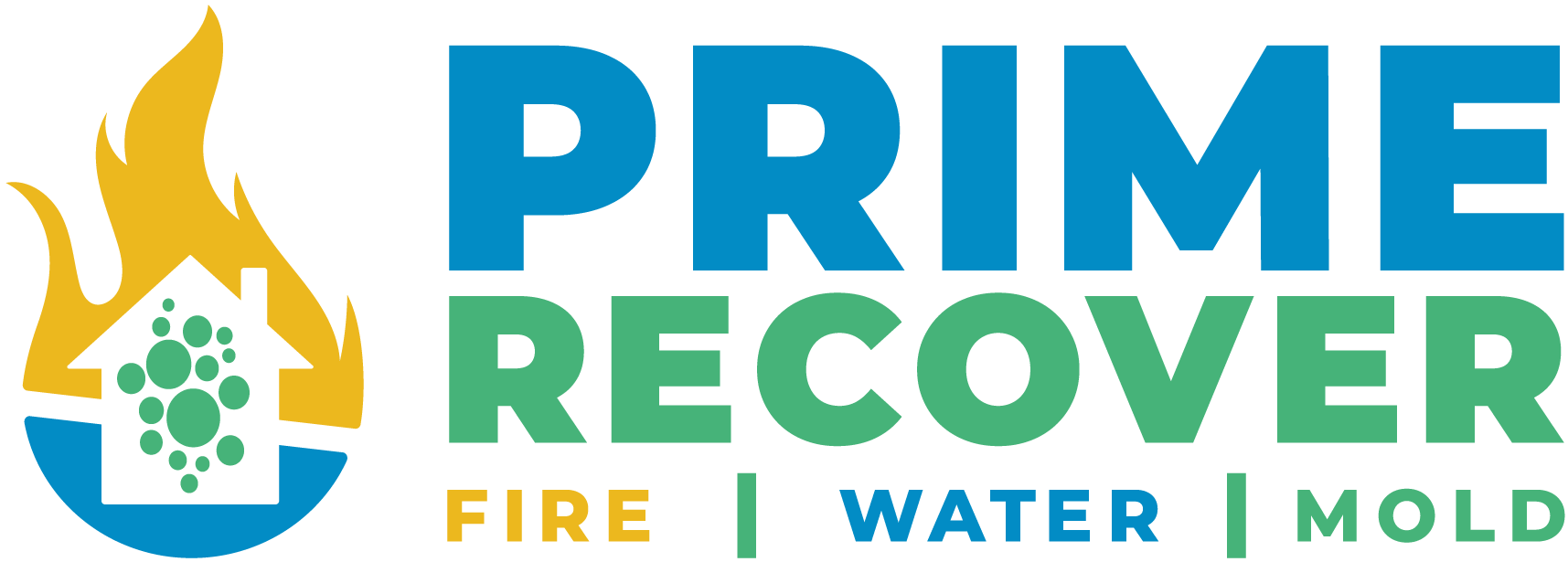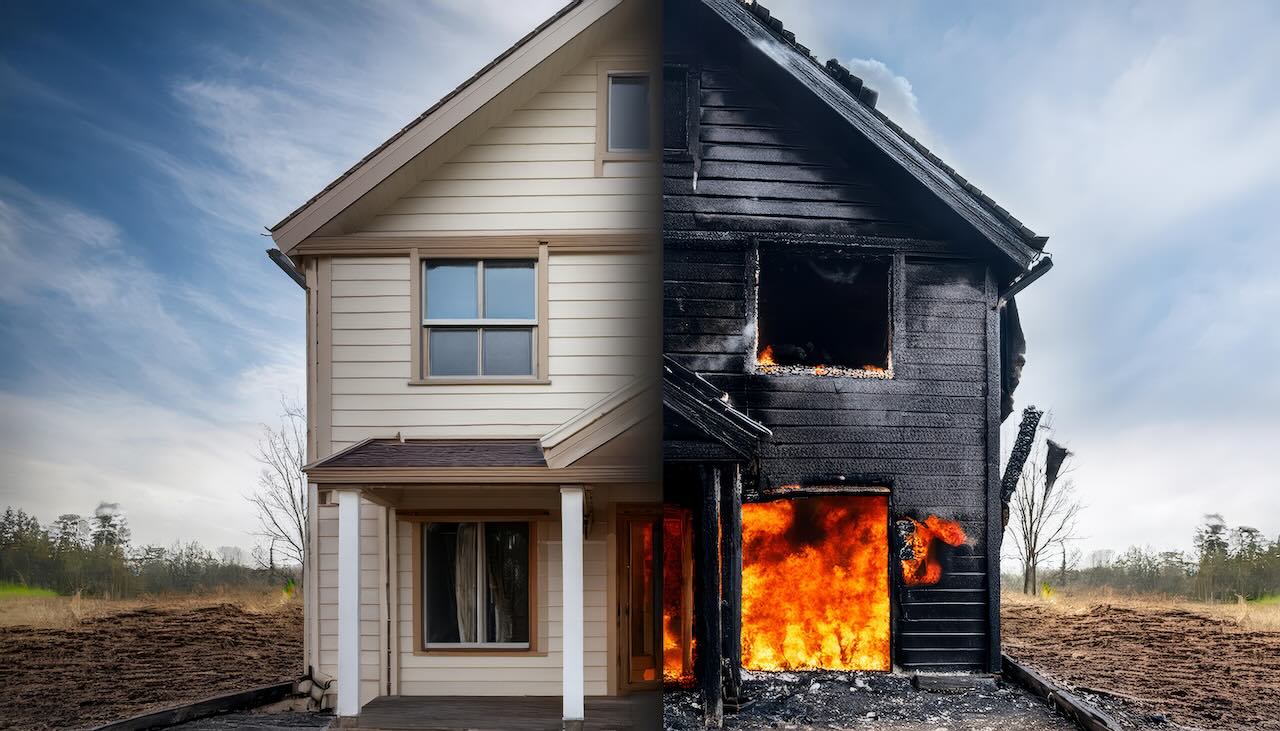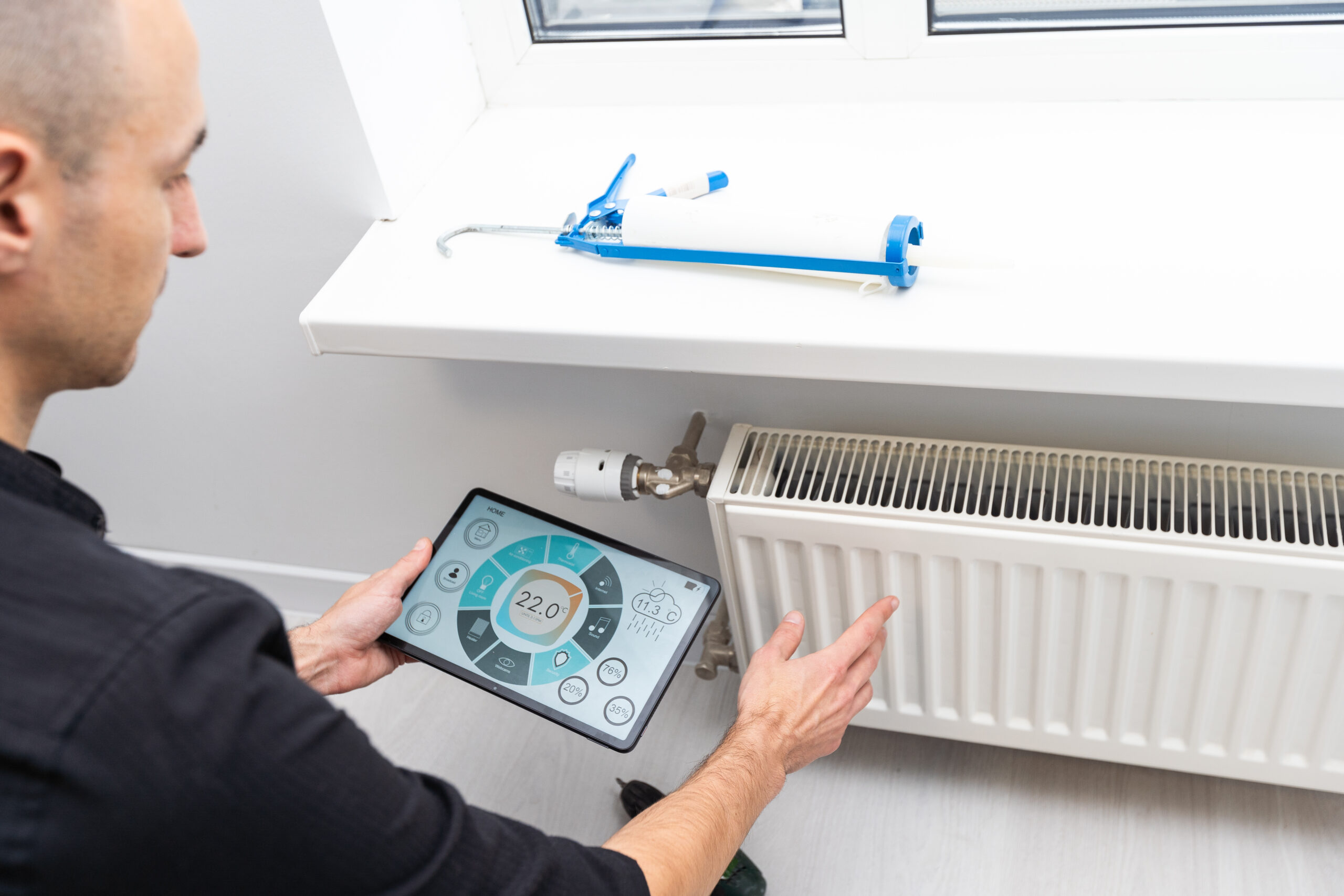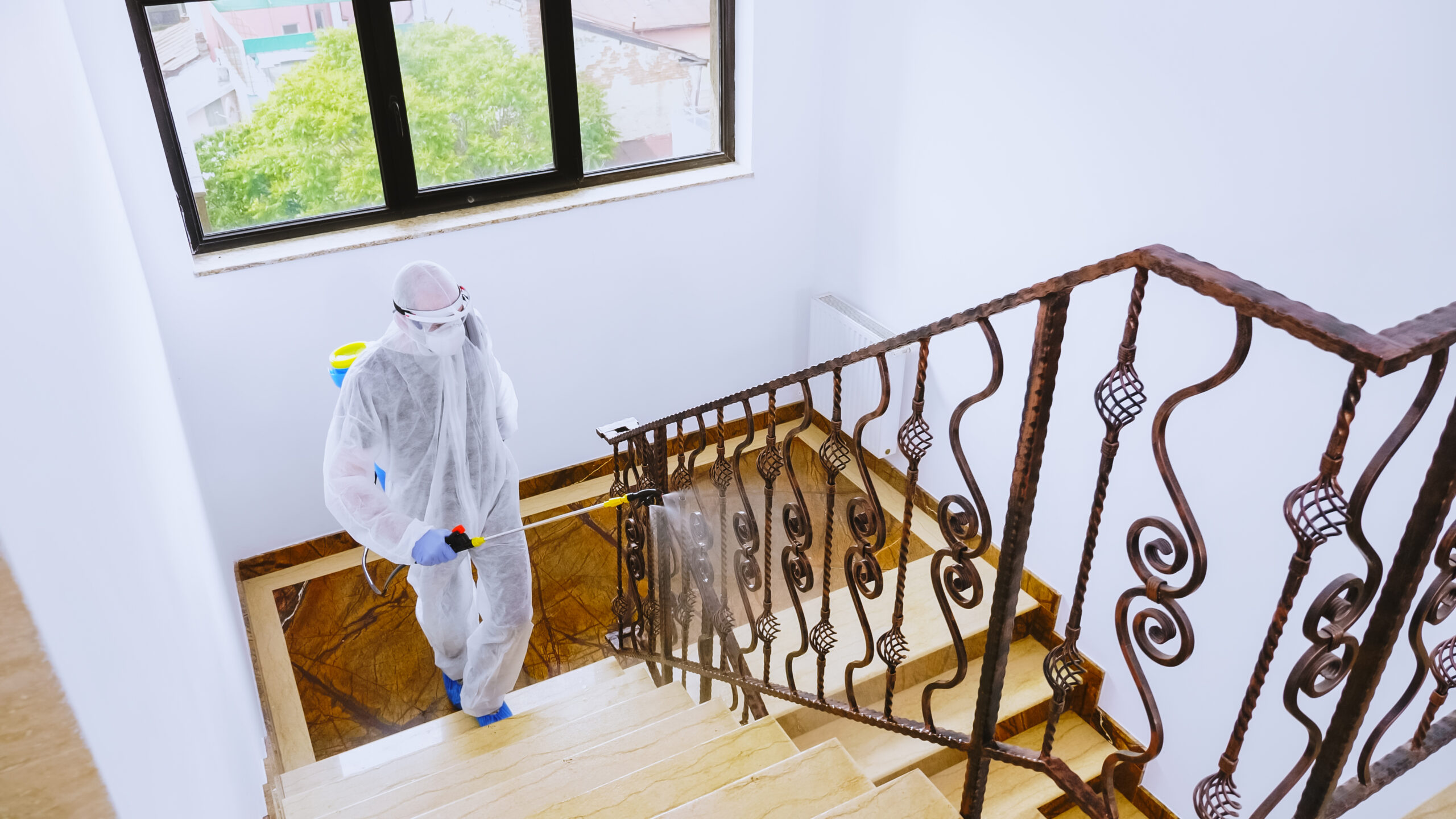1. The Initial Consultation
Our first opportunity to gather vital information is during the initial phone call or online inquiry. We’ll listen to your concerns, ask preliminary questions (e.g., “When did you first notice the issue?”), and outline any immediate safety measures you should take until our team arrives.
- Why It Matters: Having a baseline understanding of the situation helps us plan the right tools and equipment to bring on-site.
Prime Recover Tip: Keep notes or photos of your findings handy—like where the mold is visible or which rooms are affected by water or smoke. This early documentation can fast-track our assessment later.
2. On-Site Inspection & Walkthrough
When we arrive, our inspectors and technicians conduct a thorough walkthrough of the affected areas, noting visible signs of damage and potential hidden issues. We’ll:
- Ask About History: Has there been previous damage, renovations, or recurrent leaks?
- Look for Clues: Water stains, warped flooring, and discolored drywall often indicate deeper structural or mold issues.
Prime Recover Tip: Don’t forget to mention unusual smells, damp spots, or past incidents—even if they seem minor. Every detail can help us pinpoint underlying causes.
3. Identifying Root Causes
Damage never happens in isolation—especially with water and mold. Our priority is to figure out where and how the damage began:
- Water Damage: Broken pipes, roof leaks, or faulty appliances can be the source.
- Fire Damage: Electrical faults, kitchen mishaps, or external factors like lightning strikes.
- Mold Damage: Often a byproduct of excess moisture or ventilation issues.
Prime Recover Tip: By focusing on root causes (not just the symptoms), we help prevent repeat problems once the initial damage is repaired.
4. Specialized Testing & Tools
A visual inspection is just the start. We also use specialized equipment to measure the scope and severity of damage accurately.
- Moisture Meters & Infrared Cameras
- Pinpoint hidden pockets of moisture behind walls or under floors.
- Air Quality Monitors
- Detect elevated mold spore counts or lingering smoke particles in the air.
- Surface Sampling & Swab Tests
- If we suspect mold, we might take samples to identify specific strains or gauge overall contamination levels.
Prime Recover Tip: Early detection of hidden water or mold pockets saves significant time and expense down the road. It’s one reason we prioritize top-tier technology for every inspection.
5. Structural Evaluation
Beyond superficial damage, our experts look at the structural integrity of your home:
- Foundational Elements: We look for cracks or shifts caused by prolonged water exposure.
- Support Beams & Framing: After a fire, these structural components can be weakened by heat.
- Walls, Floors & Ceilings: Water stains or smoke damage might indicate deeper problems that aren’t immediately visible.
Prime Recover Tip: Even if the area looks intact, water can cause long-term deterioration in wood or drywall. Our thorough evaluation ensures nothing is overlooked.
6. Assessing Health & Safety Hazards
The safety of you and your family is always at the forefront of our process. We keep an eye out for:
- Electrical Issues: Water damage or fire can compromise wiring, posing a shock or fire risk.
- Compromised Air Quality: Mold spores, smoke fumes, and other airborne contaminants can threaten respiratory health.
- Structural Instability: If there’s extensive damage (especially post-fire), we may recommend reinforcing certain areas before anyone re-enters.
Prime Recover Tip: If we discover immediate dangers—like exposed wiring or severe mold growth—we’ll advise you on how to temporarily isolate or avoid the affected area until remediation begins.
7. Classifying the Damage & Outlining the Scope
Once we’ve gathered our data and inspection notes, we classify the damage based on industry standards. For instance:
- Water Damage Classes: Typically gauge the rate of evaporation and water intrusion (e.g., Class 1 for minimal damage; Class 4 for the most complex scenarios).
- Fire Damage Categories: Ranging from minor smoke damage to large-scale structural compromise.
- Mold Severity Levels: Vary from mild surface growth to widespread contamination requiring full containment.
Prime Recover Tip: Knowing the classification helps us define a clear action plan and ensures your insurance company has a standardized reference for your claim.
8. Presenting Findings & Next Steps
Finally, we consolidate our findings into a clear, easy-to-understand report:
- Damage Summary: We detail the issues discovered—where they are, how extensive they are, and what caused them.
- Recommended Action Plan: Includes an outline of remediation methods (water extraction, tear-out of damaged materials, mold containment, etc.), timeline estimates, and cost projections.
- Preventive Suggestions: If there are steps you can take to help prevent future recurrences (e.g., improving ventilation, installing a sump pump), we’ll provide those as well.
Prime Recover Tip: Transparency is central to our approach. We walk you through every finding, so you feel empowered—not overwhelmed—by the next phase of restoration.
Home Damage Evaluation Process
Effectively addressing water, fire, or mold damage starts with a comprehensive assessment—and that’s where Prime Recover truly shines. Our multi-step evaluation process, from initial conversation to detailed inspections and specialized testing, ensures that no hidden issue goes unnoticed.
By identifying root causes and explaining our findings in clear, relatable terms, we not only restore your home but also help you regain peace of mind. If you suspect damage in your home, consider Prime Recover as your partner—from the first assessment to the final handshake—working diligently to safeguard your property and your well-being.



